South to Canada II
Tom: This is the best breakfast we've had in a Day's Inn! Translation: Sausage!
Michelle: This is probably the worst breakfast we've had at a Day's Inn! Translation: No yogurt, no peanut butter, only very brown bananas, only Cheerios for cereal.
hillyer.michelle28
26 hoofdstukken
16 apr. 2020
Chapter 24
september 03, 2017
|
Ogden, Utah to Twin Falls, Idaho
Tom: This is the best breakfast we've had in a Day's Inn! Translation: Sausage!
Michelle: This is probably the worst breakfast we've had at a Day's Inn! Translation: No yogurt, no peanut butter, only very brown bananas, only Cheerios for cereal.
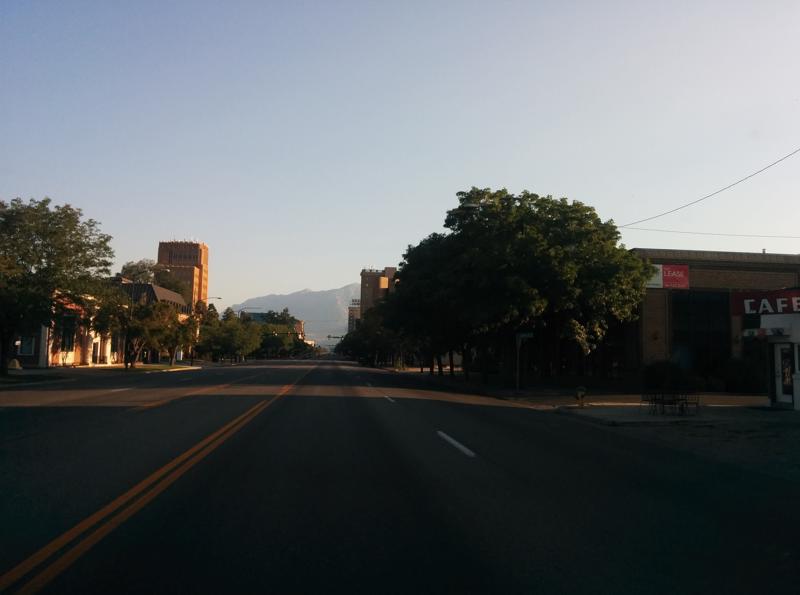
Our first stop today was the Golden Spike, near Promontory, Utah. This is the site where on May 10, 1869 the Union and Central Pacific Railroads joined their rails and completed the first Transcontinental Railroad.
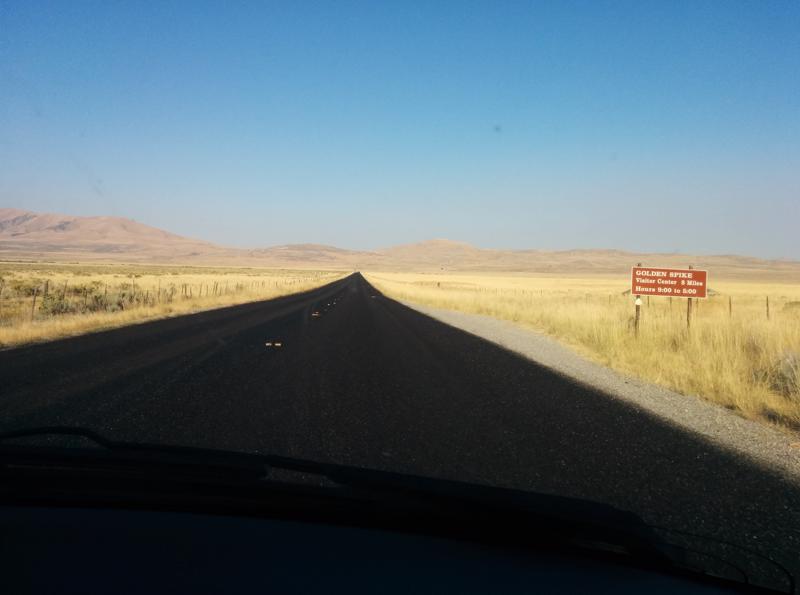
The first thing we did was a mile walk along the big fill, where they filled in a canyon to make a 2% rail grade. They warned us that the hike could have mosquitoes, ticks and rattlesnakes. We saw lots of mosquitoes and a couple rabbits and lizards, but luckily, none of the others. It was very hot, even at 9:00. The walk did give a good view of the fill.
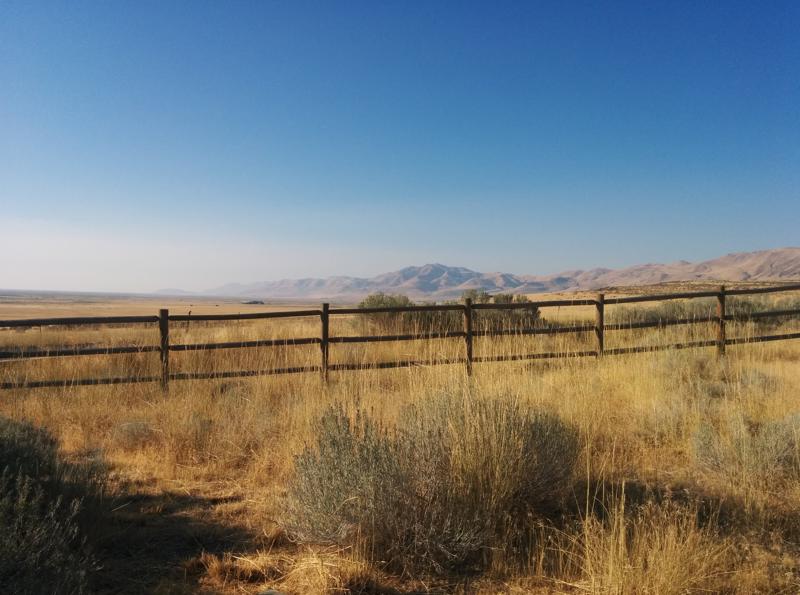
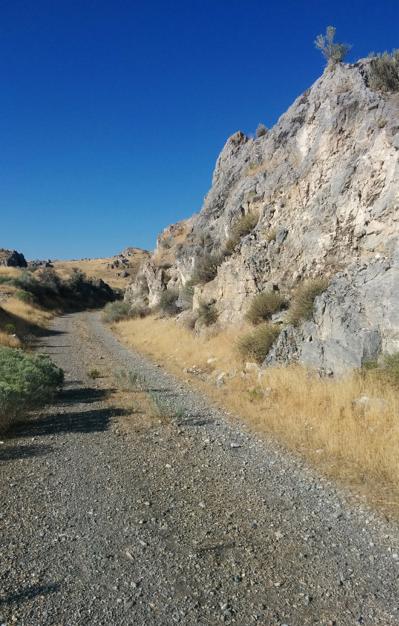
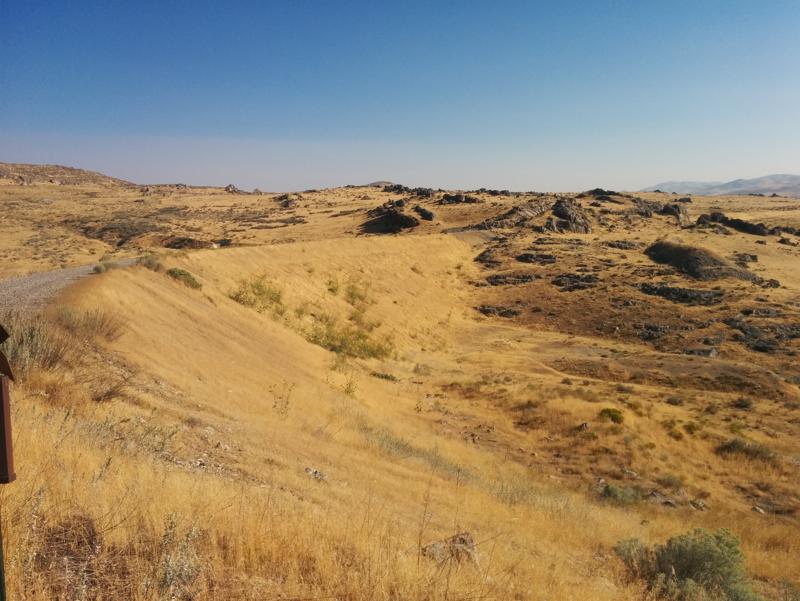
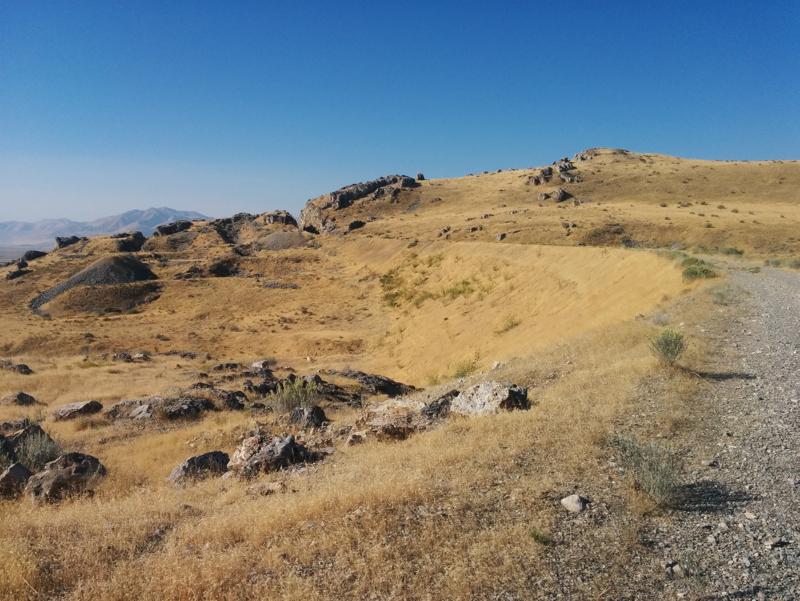
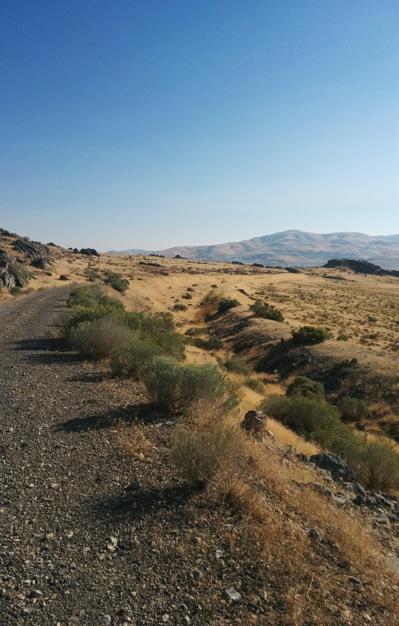
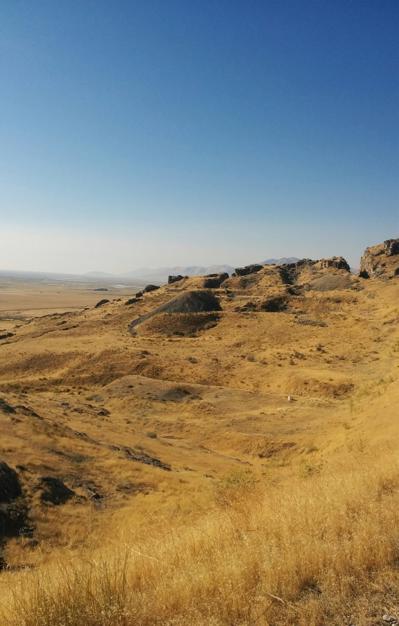
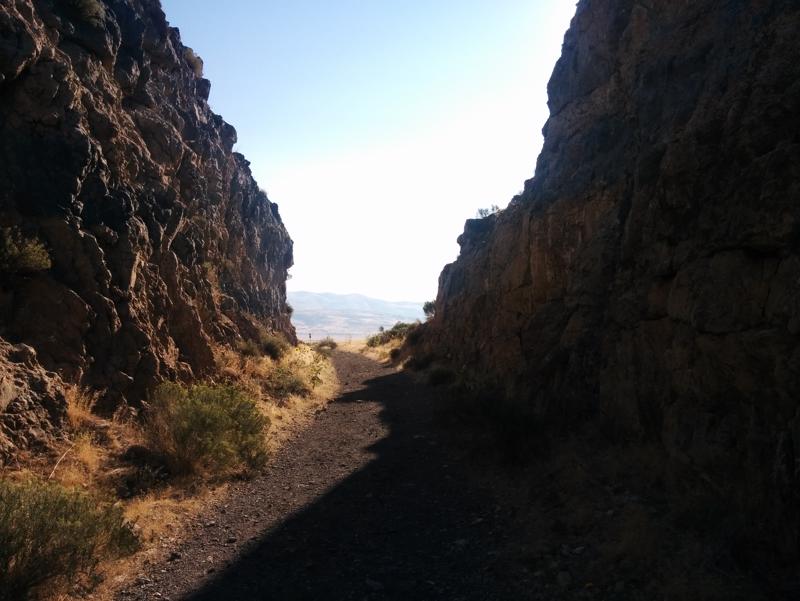
At the visitors' center, we learned more about the history, like how Congress did not give specific instruction, so both railroad companies prepared the railbed past each other for 250 miles. No parallel track was ever laid though. Also, there was competition to see who could lay the most track in one day. Union Pacific laid 7 miles, and bet Central Pacific $10,000 that they couldn't do more -- but they laid 10 miles in one day. They put up a sign letting all the passengers know.
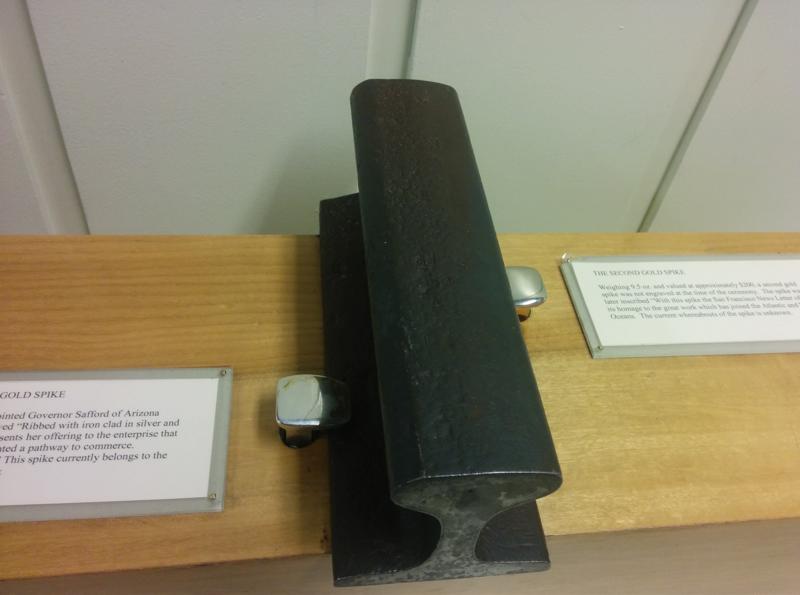
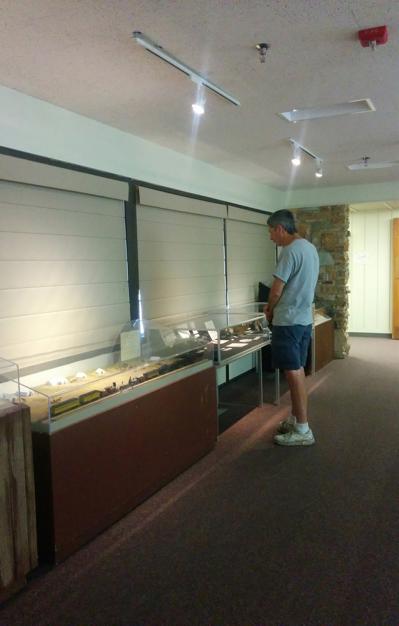
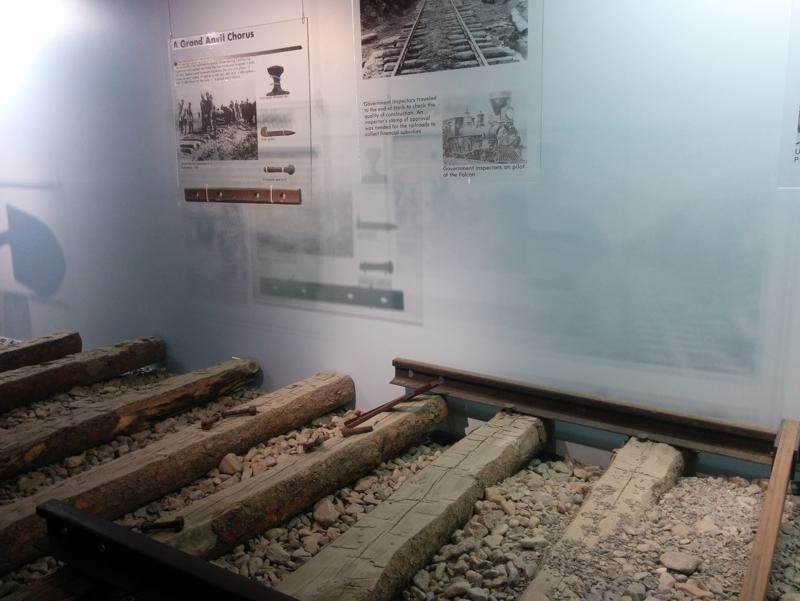
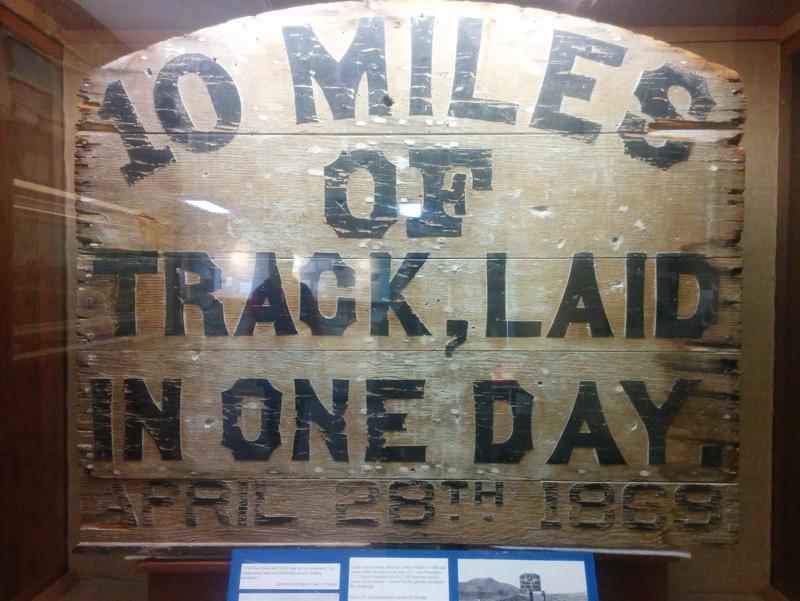
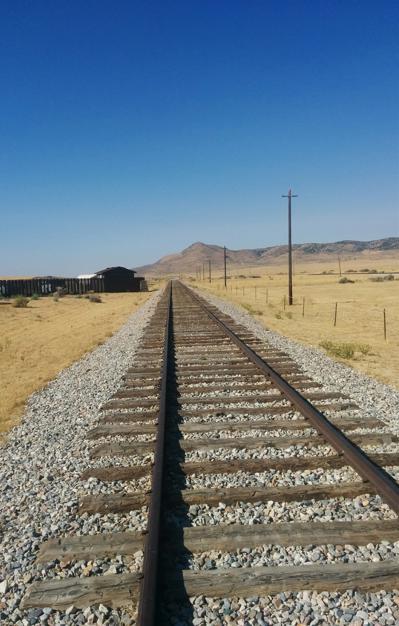
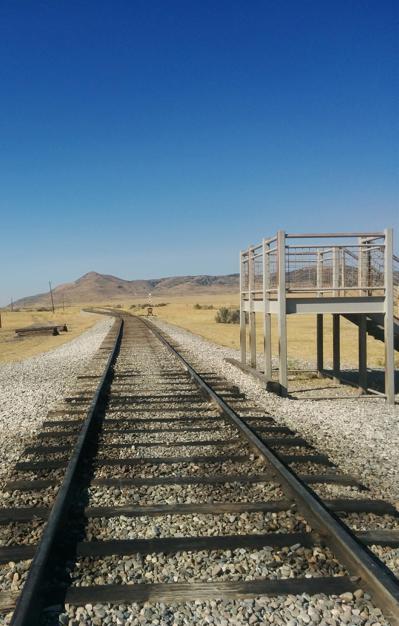
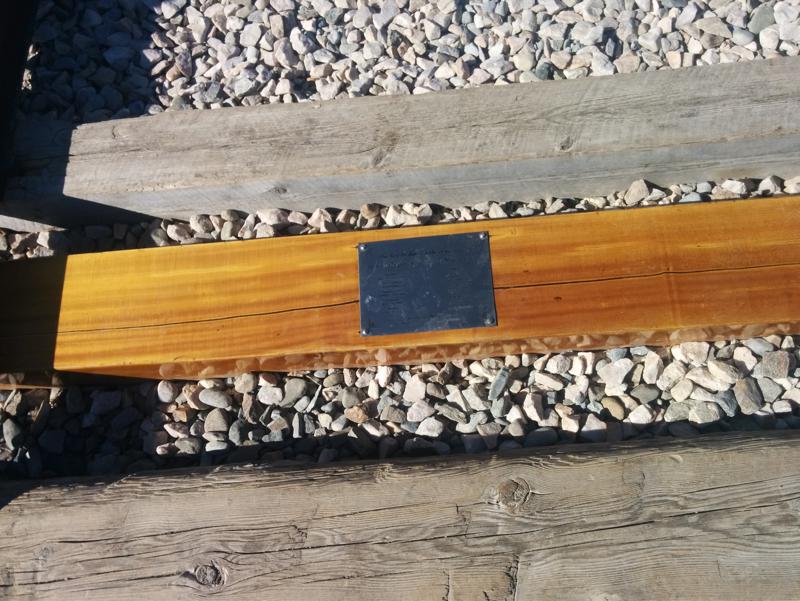
We were heading to Idaho, when two miles past the entrance to the Golden Spike, we saw a sign that said "Rocket Display". Of course we pulled over, and it was a whole display of rockets made by Orbital ATK, which has a large facility there. Most of them were missiles, like the Patriot missile and others, but they did have one that was part of the Space Shuttle.
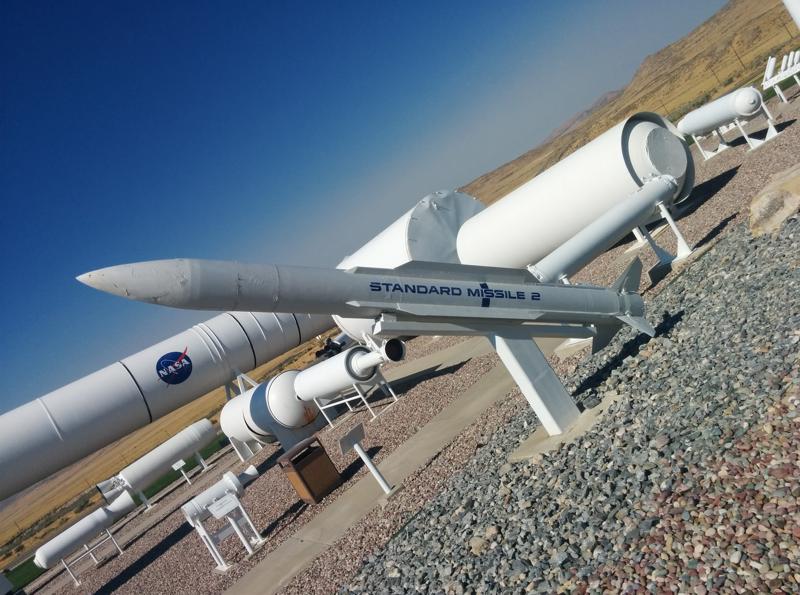
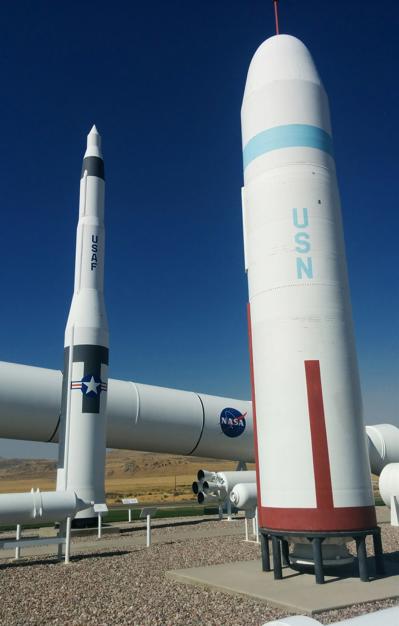
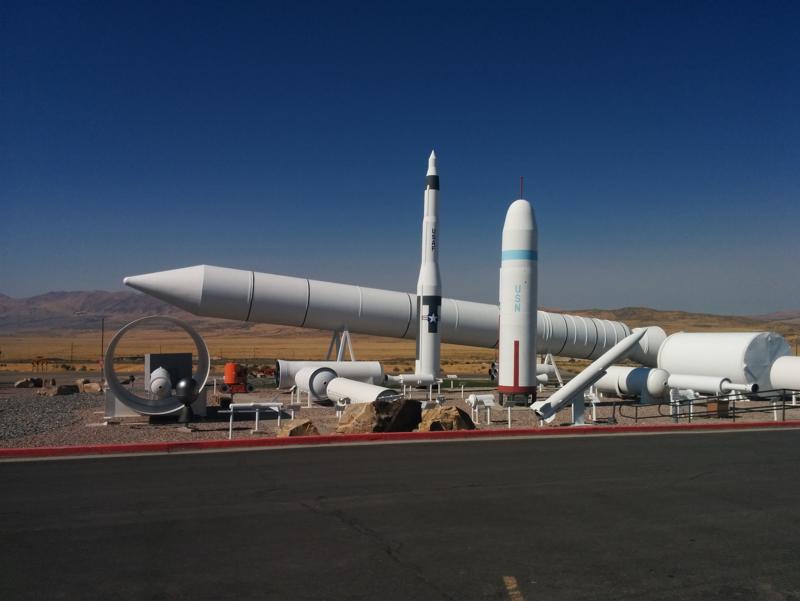
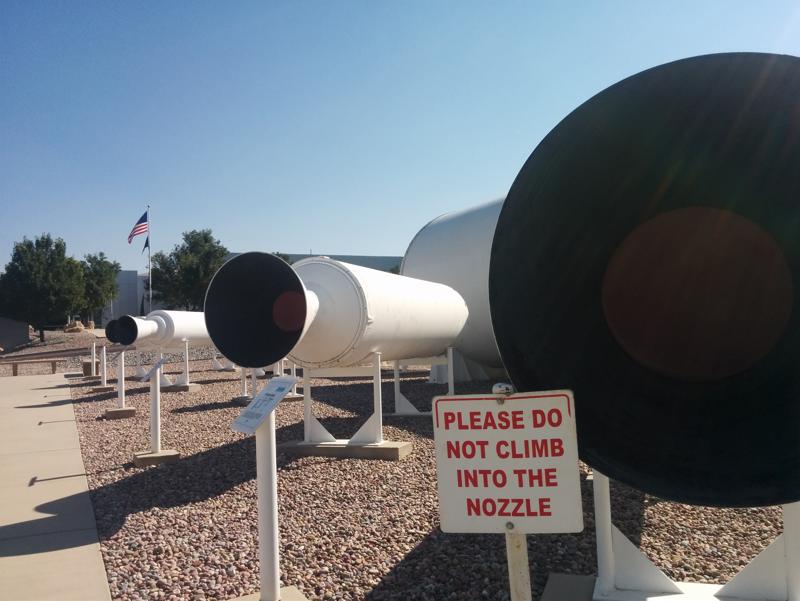


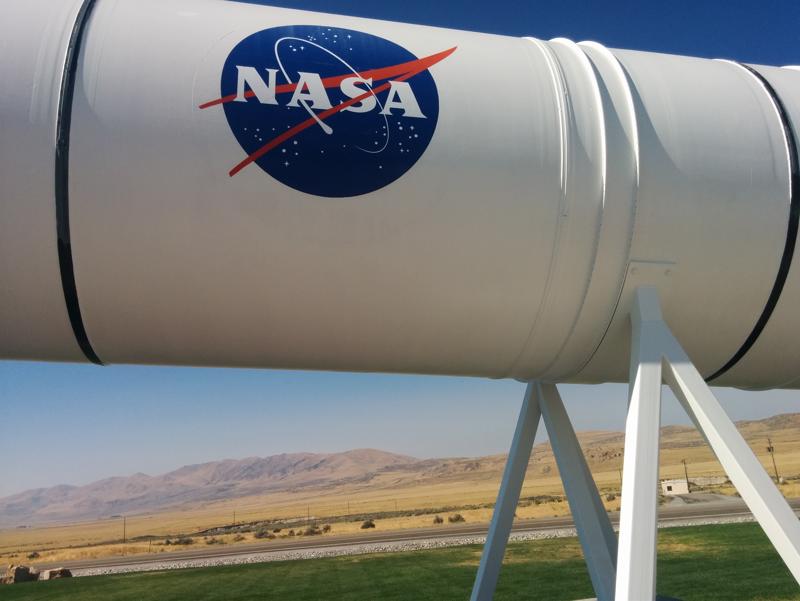
Then we did head for Idaho, which looked a lot like Utah, with more rocks.
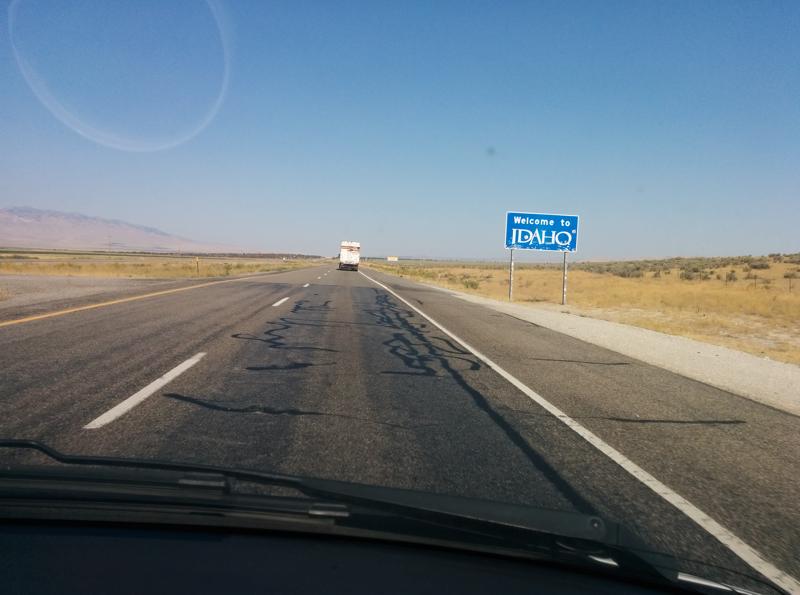
Our first stop was Minidoka, which was a Japanese internment camp during World War II. The site commemorates the more than 9,000 Japanese Americans who were imprisoned at the Minidoka War Relocation Center during the Second World War. Most of the internees from the Seattle area were sent there. It's hard to imagine people from cool, green Bainbridge Island being sent to such a hot, dry place. We could smell sage from the sagebrush all around.
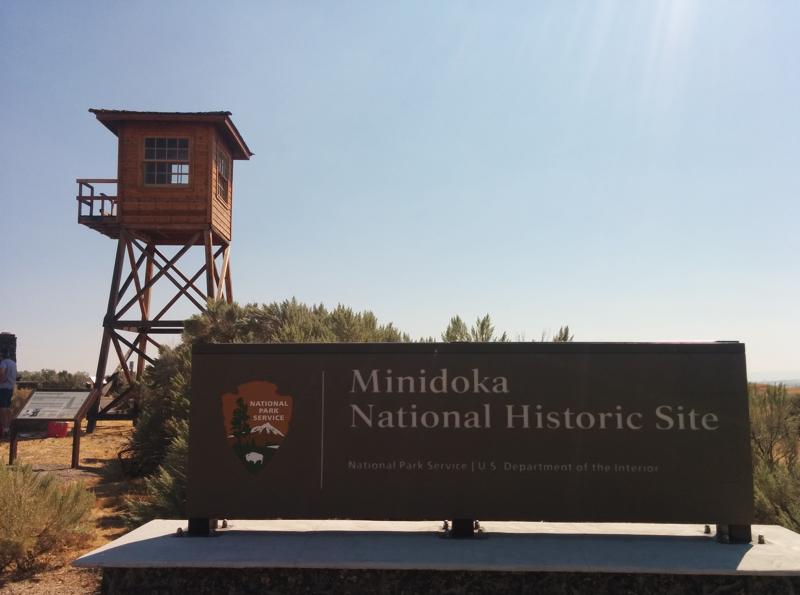
This historic site is still under development, and their museum isn't really done yet, but we were able to look around, and even did a small loop hike, in spite of the heat. The rocky area was a garden designed by Mr. Kubota.
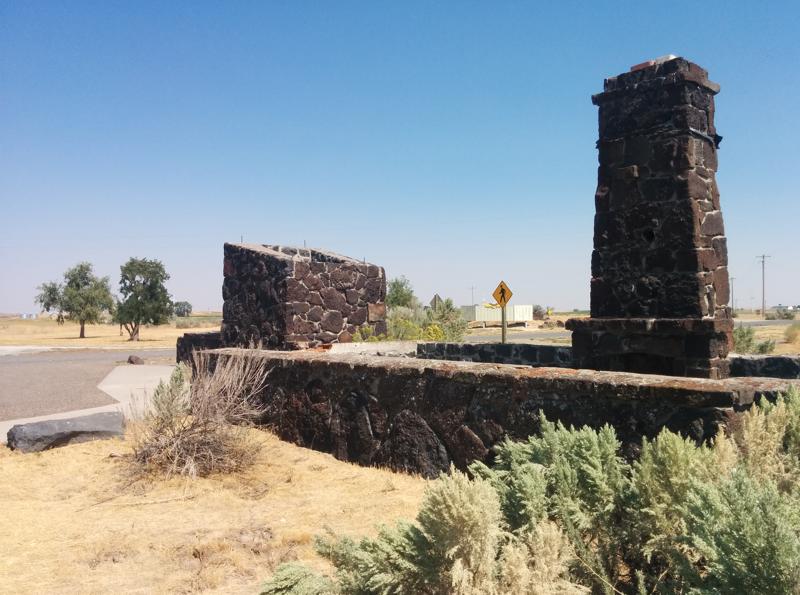
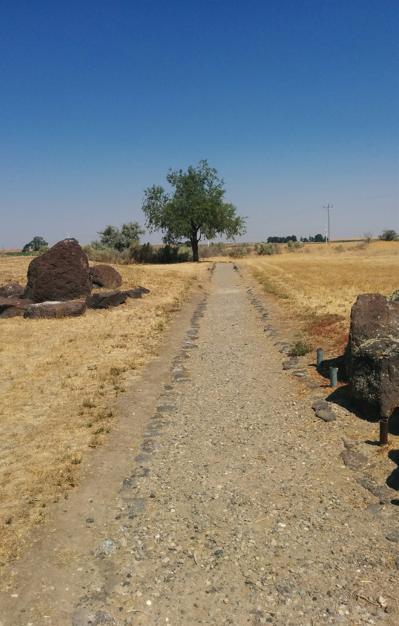
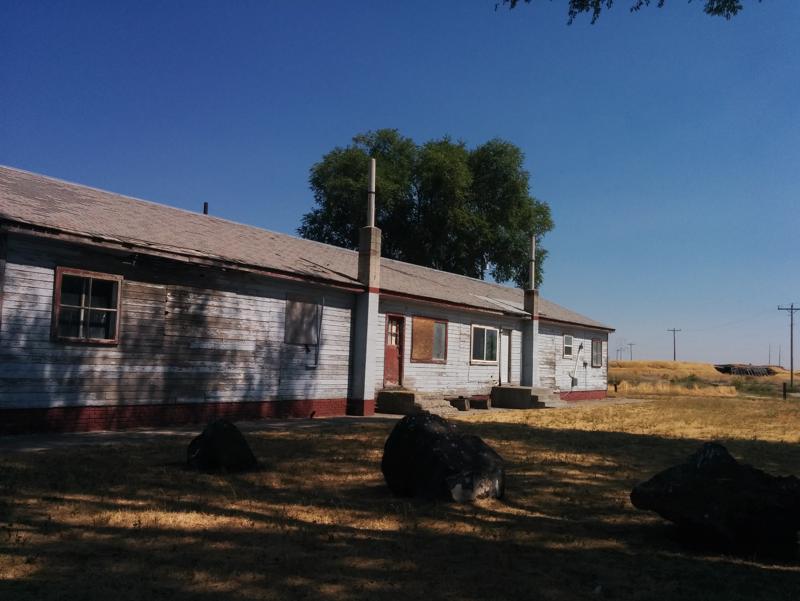
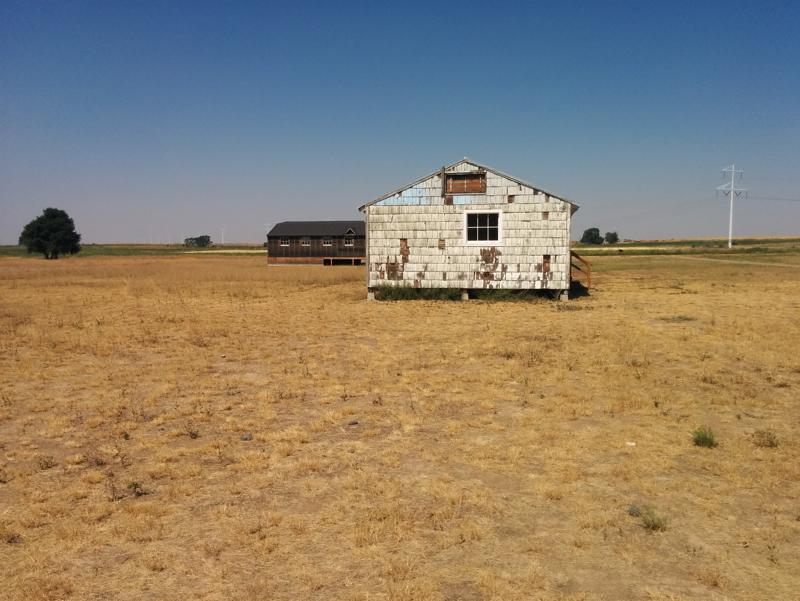
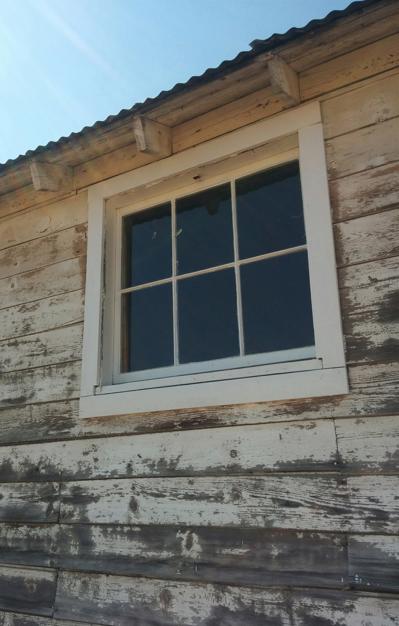
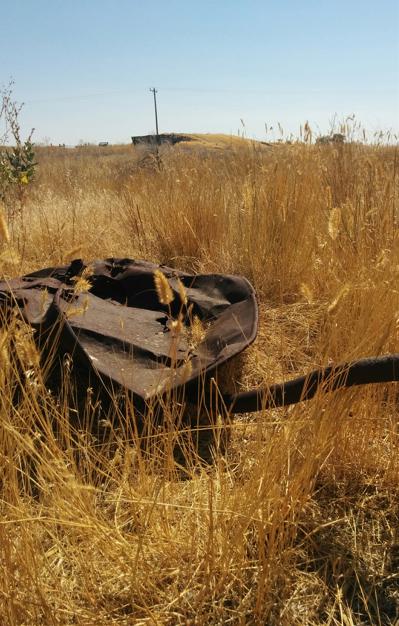
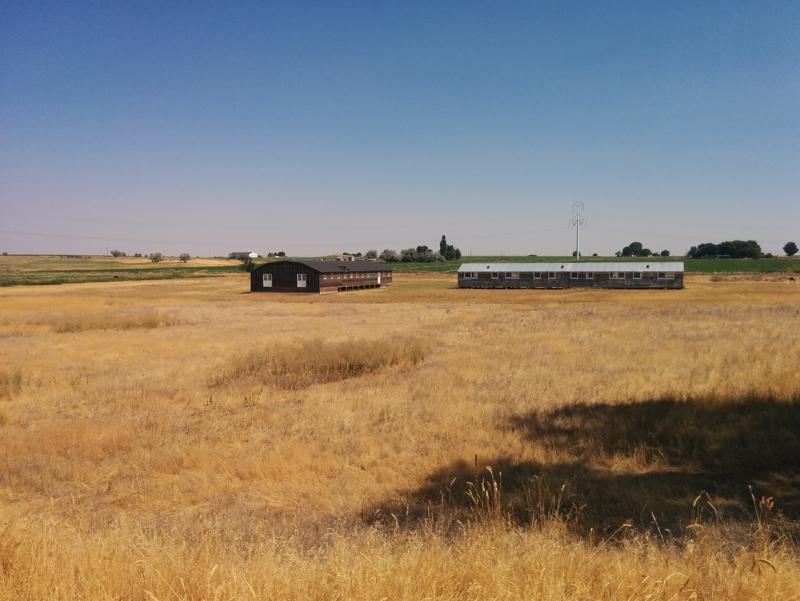
We spoke to the ranger about what we should do next. We thought we would go to Craters of the Moon, but she suggested that it was probably too hot and too far, and gave us a different itinerary for today. We did just what she suggested, and will go to Craters of the Moon tomorrow.
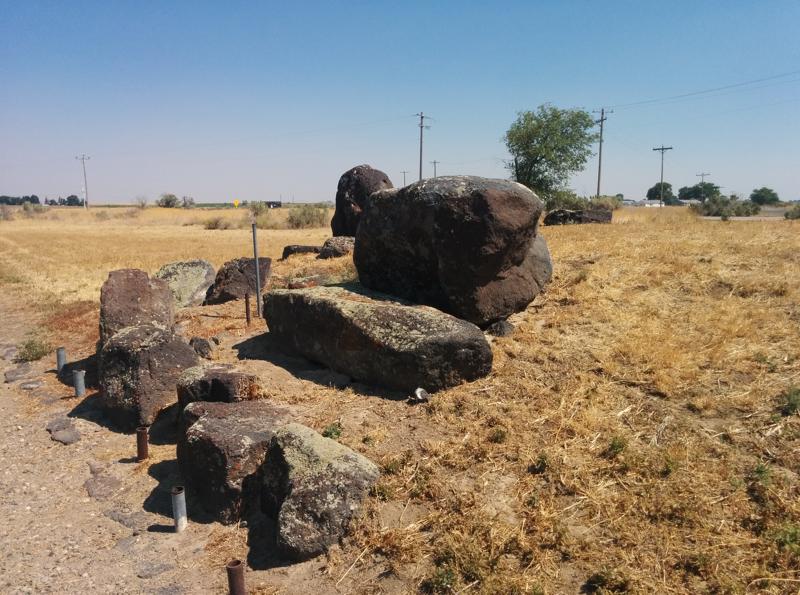
We drove straight through Twin Falls, to her first suggested stop: a creamery in Brule, which makes its own ice cream, just the thing when the temperature is over 100 degrees! Tom was thrilled that he could have a licorice ice cream milkshake.
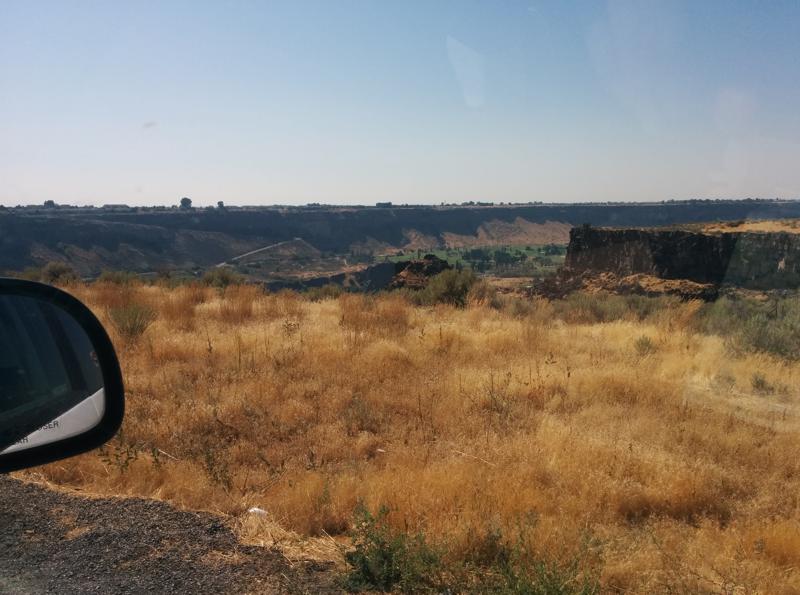
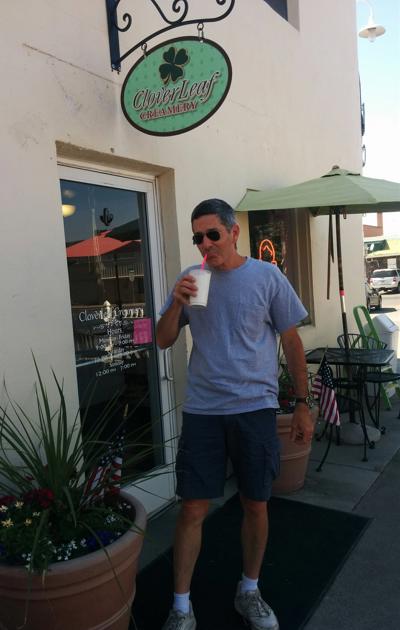
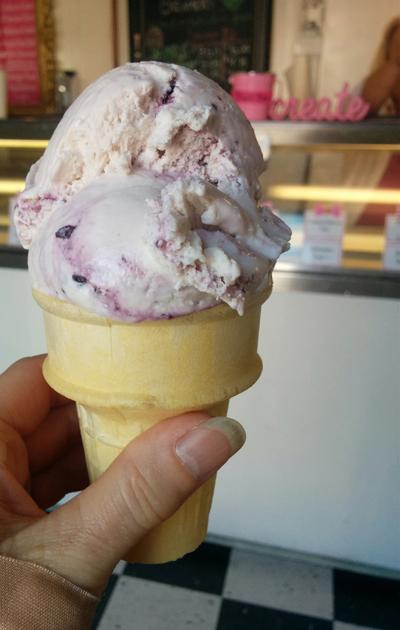


Our next stop was the Hagerman Fossil Beds Monument. This is along the Snake River, where there are many layers of rock. The Hagerman Horse, Equus simplicidens, was the first true horse. It's the park's most famous fossil but they have over two hundred different species, from saber-toothed cat, mastodon, bear, camel, and ground sloth, to much smaller animals like rodents and frogs. It is best known, though, for the Hagerman Horse, which is the Idaho state fossil. They have found over 300 of them in one large site, and are not sure why there are so many there. The ranger talked to us about how, when they were first discovered, they wanted to dig up everything, and the Smithsonian did a lot of extraction in the 1920s. Now, however, they are considering leaving the remaining fossils in place to study.

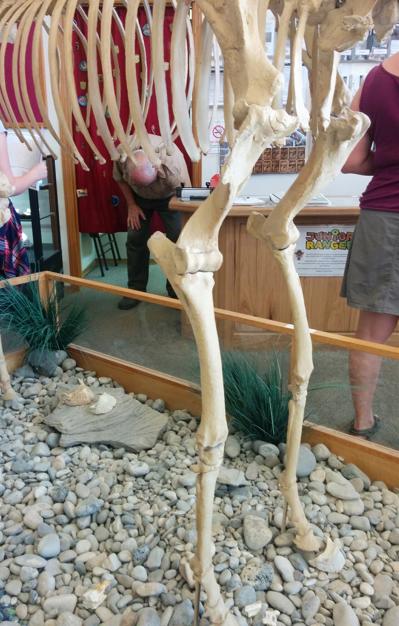

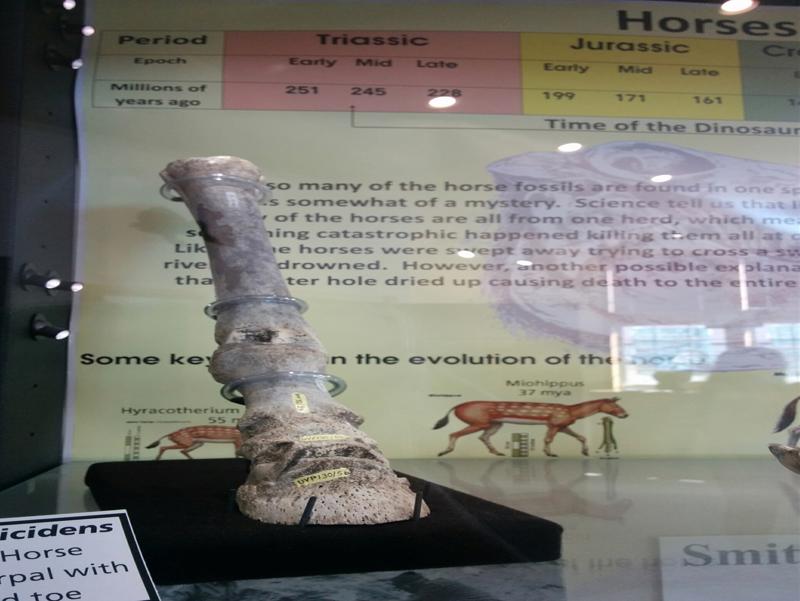
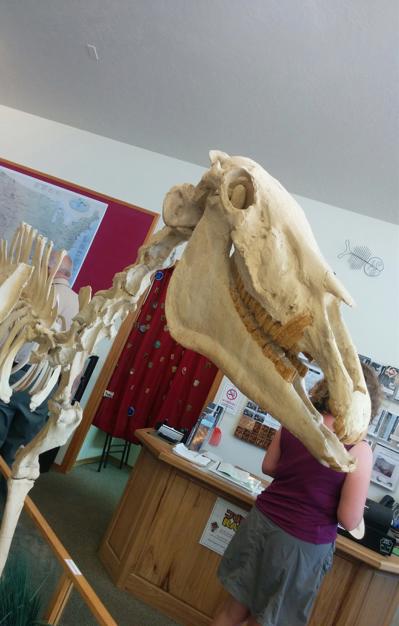
We drove from the visitors' center into the park. While you can see the layers of rock, you can't actually see any fossils there. However, you can see beautiful vistas of the Snake River, and some Oregon Trail ruts. The road we drove on follows the exact route of the Oregon Trail. In spite of the heat, we did a small loop with interpretive signs. This time, they warned us about mosquitoes, rattlesnakes and scorpions! Still only mosquitoes and flies.
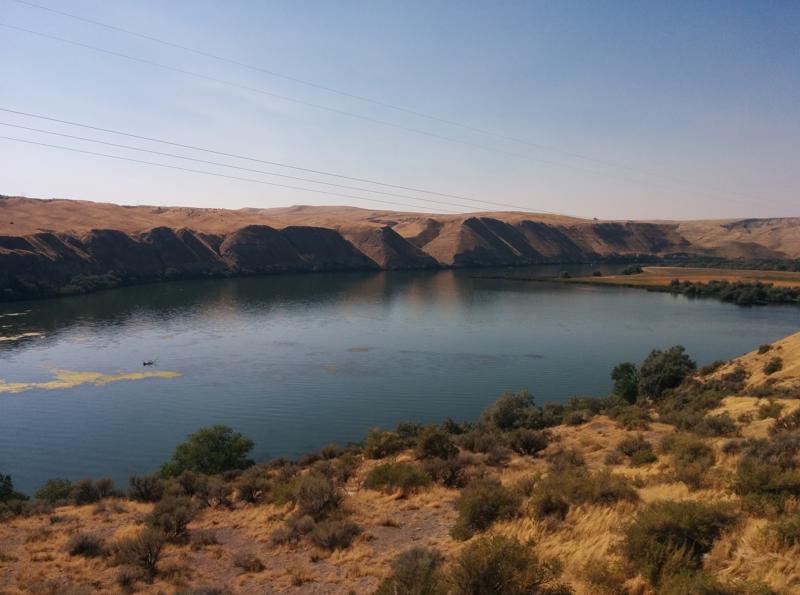
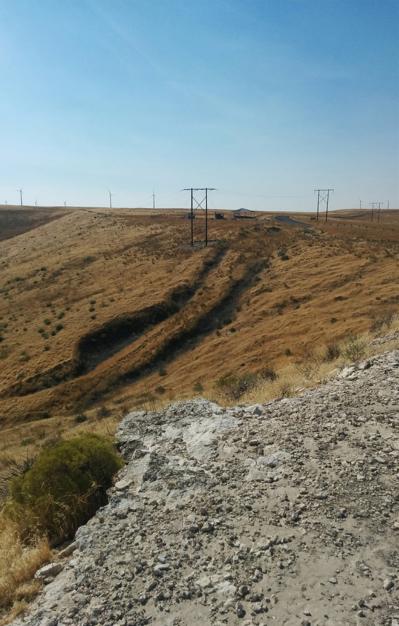
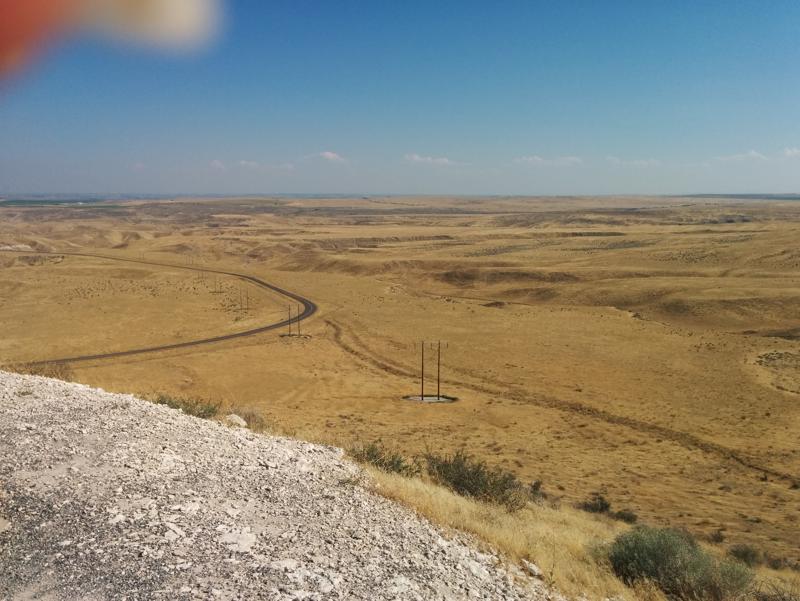

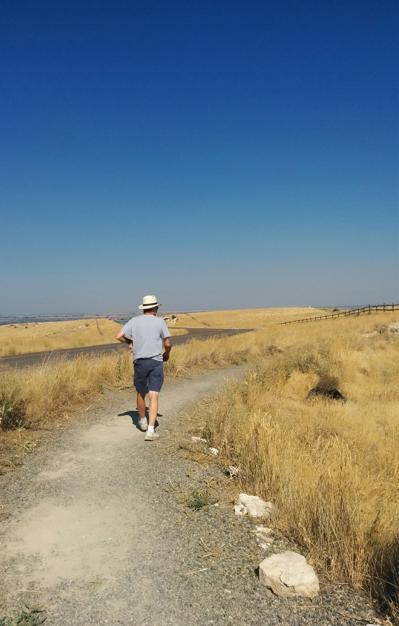

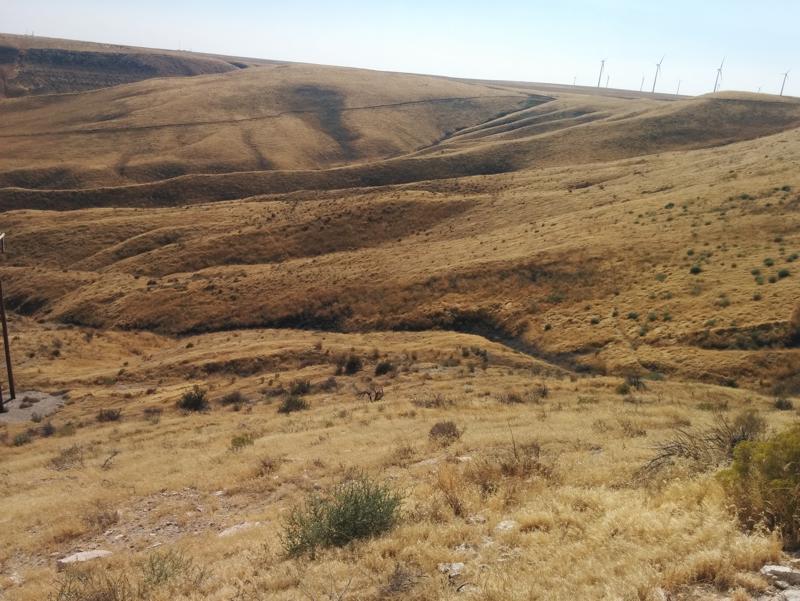
After that, we followed some unmarked roads about 15 minutes off any known road (thank you, ranger at Minidoka and Google maps) to Balanced Rock Park. The rock formations were amazing -- kind of a mini Needles, and the Balanced Rock was ... balanced. It is 40 feet high and wide, and the base is 3 feet by 17.5 inches!
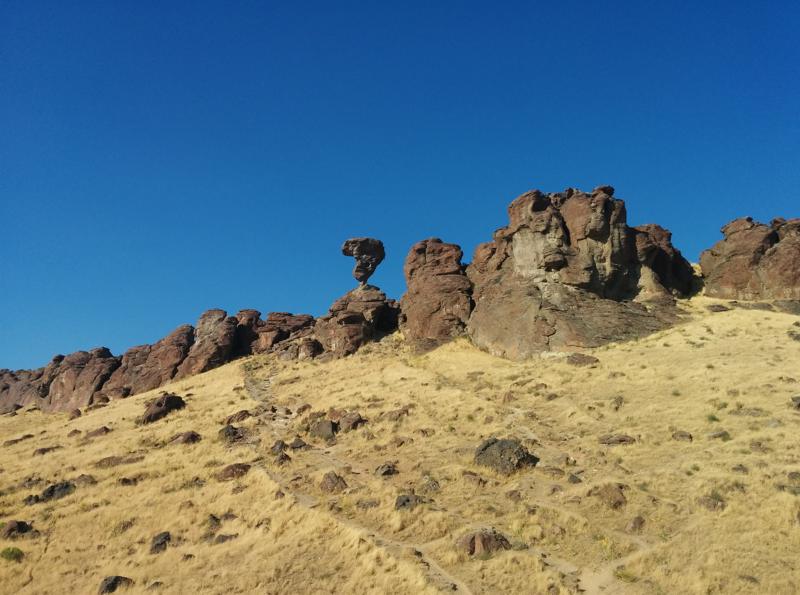
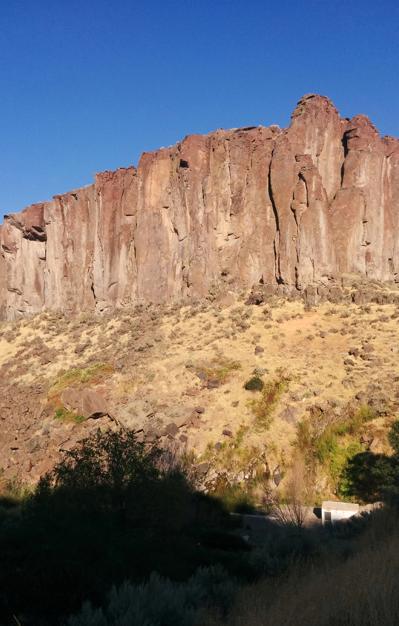
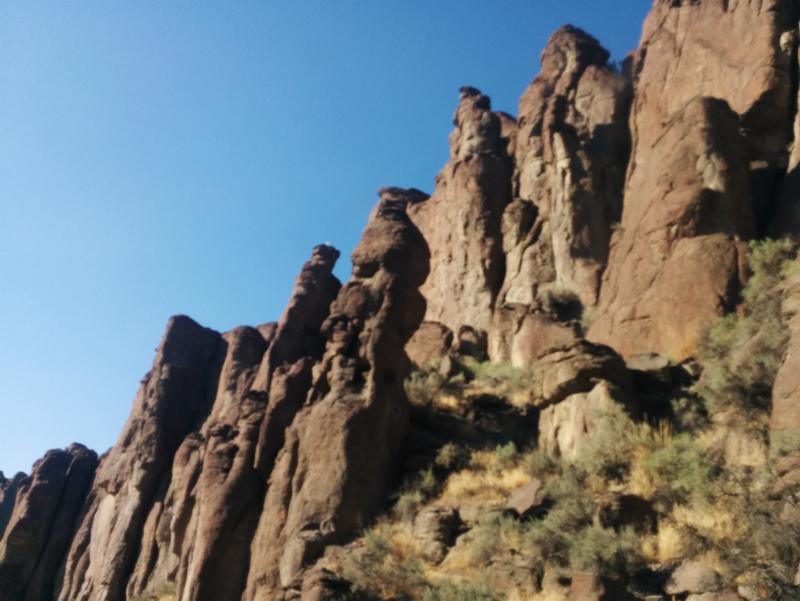
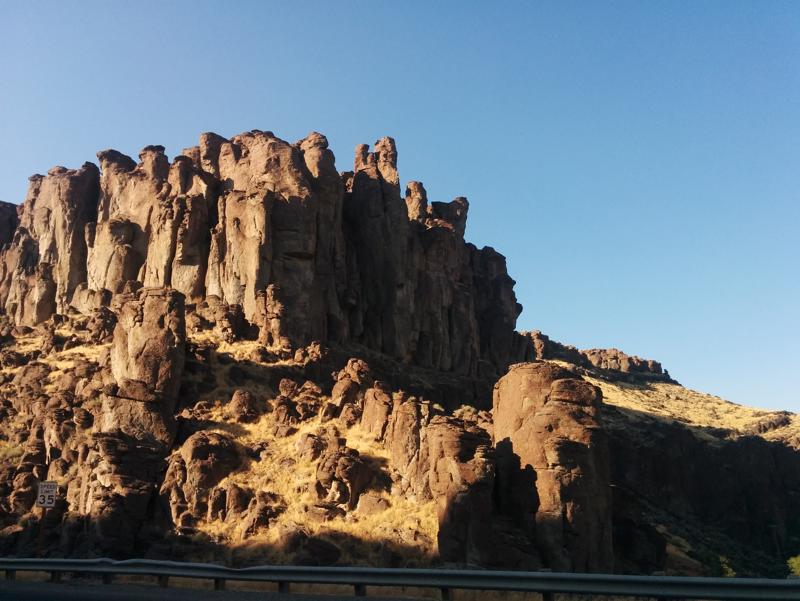

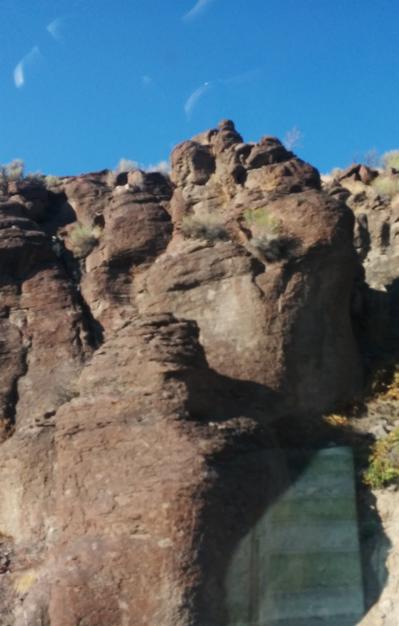
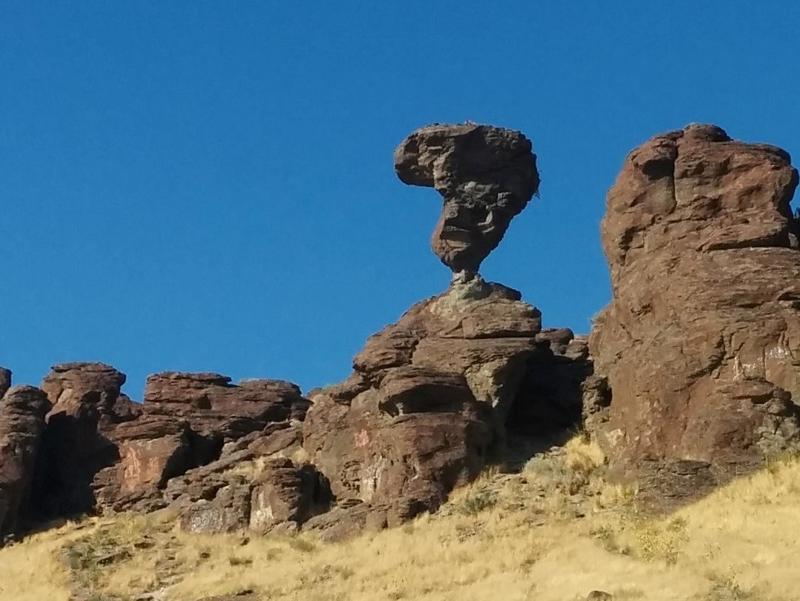
We drove through back roads of Idaho, past dairy farms, alfalfa, corn and sugar beets for about half an hour, until we came out in Twin Falls. We had dinner at Idaho Joe's, right under a picture of Balanced Rock! We know we're back in the Northwest; there's a Fred Meyer right down the street!
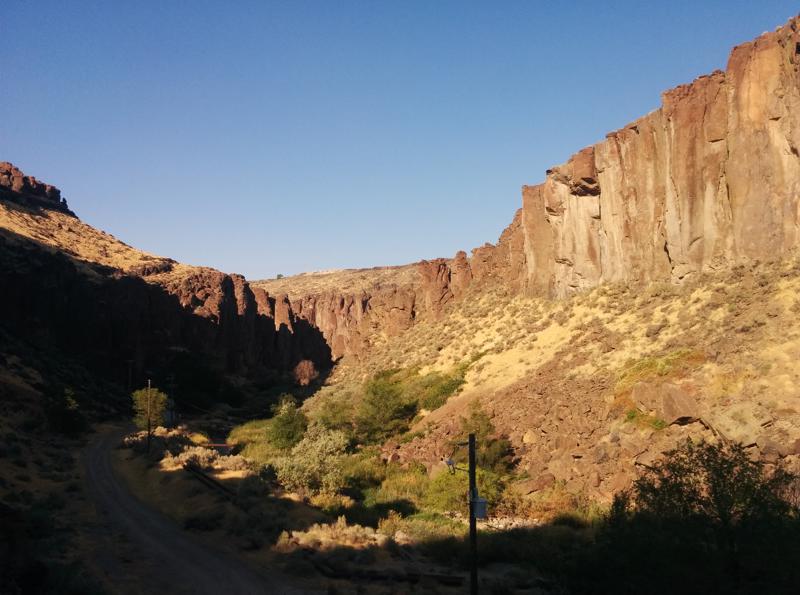
1.
Chapter one
2.
Chapter 2
3.
Chapter 3
4.
Chapter 4
5.
Chapter 5
6.
Chapter 6
7.
Chapter 7
8.
Chapter 8
9.
Chapter 9
10.
Chapter 10
11.
Chapter 11
12.
Chapter 12
13.
Chapter 13
14.
Chapter 14
15.
Chapter 15
16.
Chapter 16
17.
Chapter 17
18.
Chapter 18
19.
Chapter 19
20.
Chapter 20
21.
Chapter 21
22.
Chapter 22
23.
Chapter 23
24.
Chapter 24
25.
Chapter 25
26.
Chapter 26
Maak je eigen dagboek
Voeg eenvoudig verhalen toe aan je dagboek in onze online editor of app
Voeg je afbeeldingen toe en kies je pagina-indelingen
Deel je reis in realtime zonder gedoe!